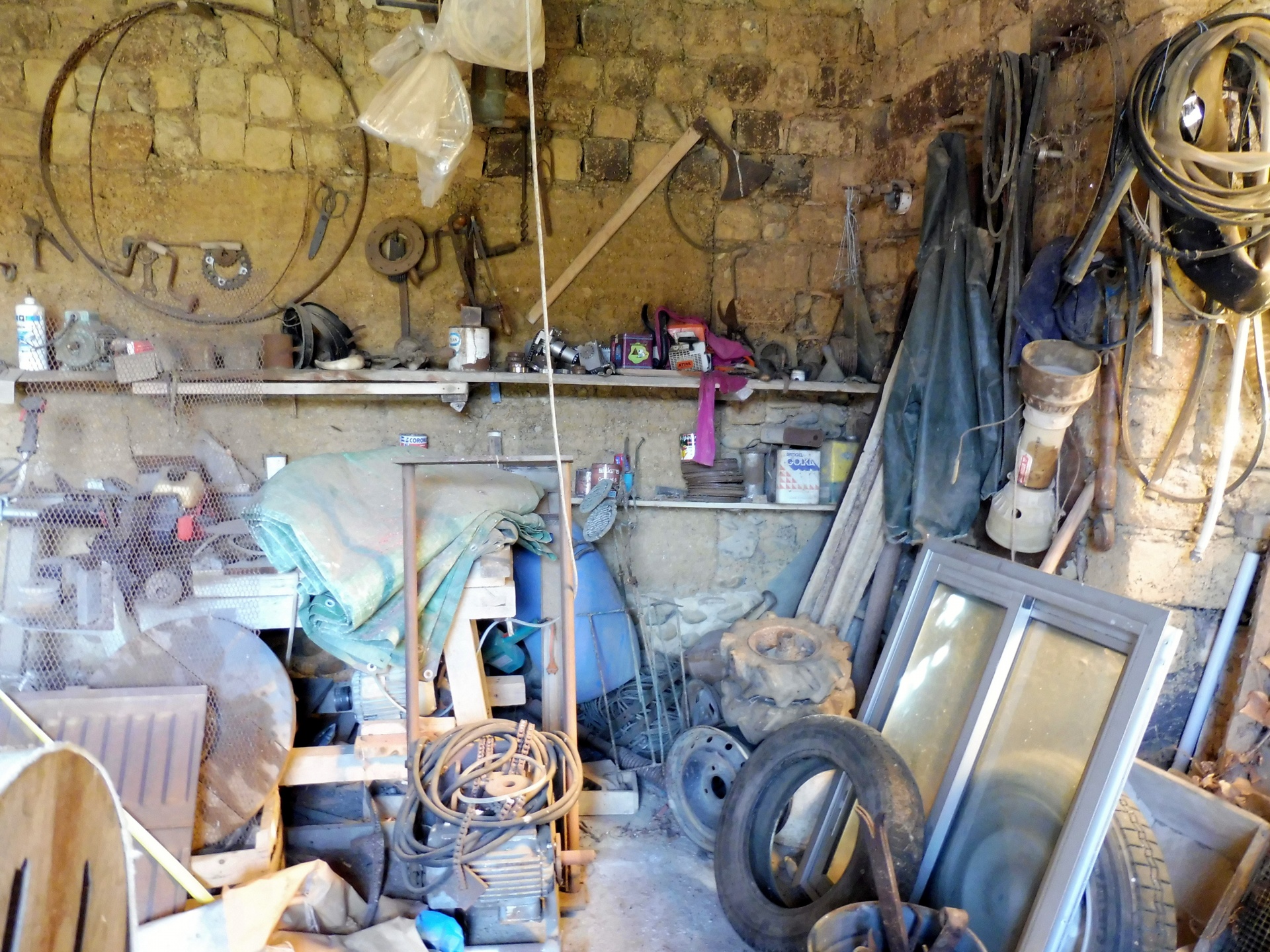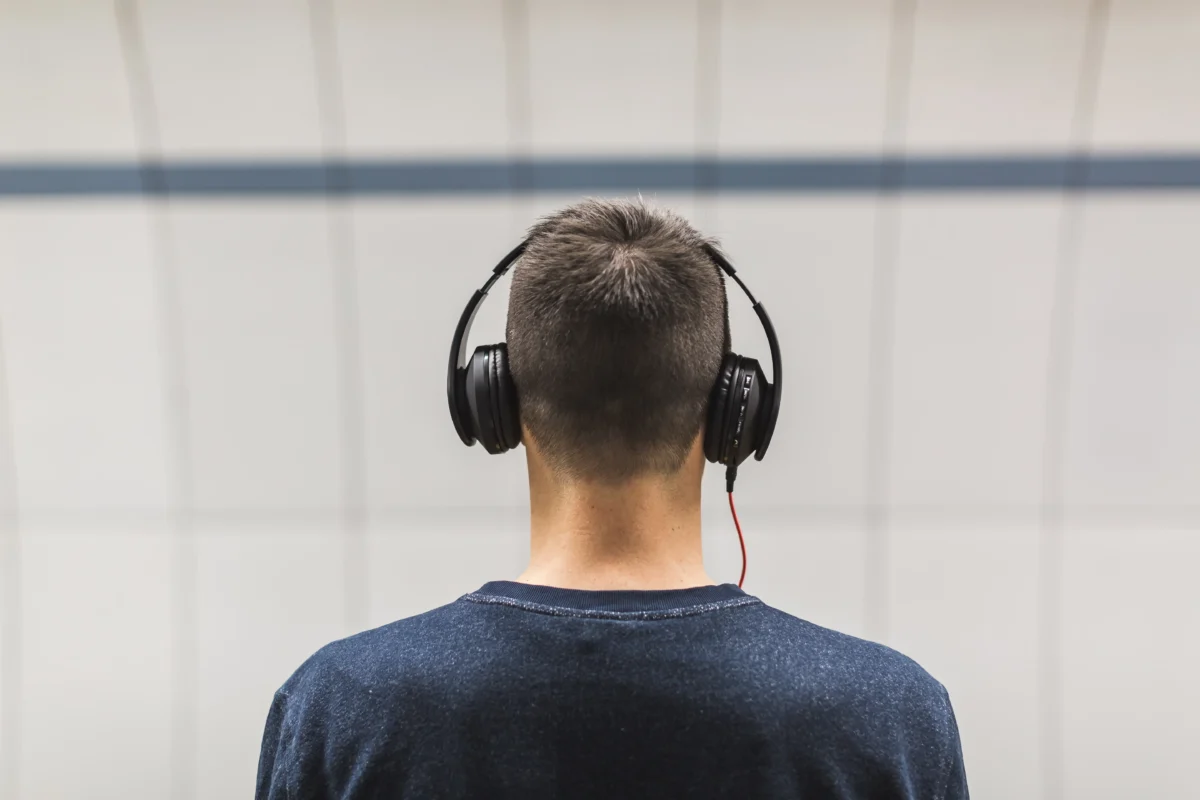Ever wondered why your favorite restaurant’s food always tastes just right? A big part of that consistency comes from accurate temperature control, thanks to properly calibrated thermometers. Whether you’re a home cook or a professional chef, understanding the FDA’s thermometer calibration requirements can make a world of difference in food safety and quality.
Overview of FDA Thermometer Calibration Requirements
FDA thermometer calibration ensures food safety through accurate temperature measurement. Proper calibration guards against foodborne illnesses.
What the FDA Requires
Thermometers must be calibrated routinely. Calibration frequency depends on the use and manufacturer’s guidelines. Methods include ice-point and boiling-point calibration.

Purpose of These Requirements
These requirements ensure temperature readings are accurate. Accurate readings prevent undercooked or overcooked food. This helps maintain food quality and safety.
Key Benefits of Compliance
Meeting FDA thermometer calibration requirements ensures higher safety and quality standards.
Safety Assurance
Proper calibration reduces the risk of foodborne illnesses. Accurate temperature readings ensure food reaches safe temperatures (e.g., 165°F for poultry, 145°F for beef) to kill harmful bacteria. Compliance minimizes health risks and enhances customer trust.
Product Quality and Consistency
Calibrated thermometers prevent cooking errors. Maintained temperatures produce consistent results, enhancing texture and flavor. Consistency builds a reliable reputation, crucial for both professional chefs and home builders who take pride in design and execution.
How to Comply With FDA Thermometer Calibration Requirements
Follow clear steps to meet FDA thermometer calibration standards. These steps ensure food safety and quality.
Regular Calibration Intervals
Calibrate thermometers regularly. For most kitchen thermometers, do this weekly. If your thermometer is dropped, recalibrate it immediately. Set a routine check on the same day each week to remember.
Correct Calibration Procedures
Use ice-point and boiling-point calibration. First, fill a glass with ice and water. Insert the thermometer and ensure it reads 32°F (0°C). Next, boil water. Insert the thermometer in the boiling water and ensure it reads 212°F (100°C), adjusting for altitude if necessary. If readings are off, adjust your thermometer according to the manufacturer’s instructions.
Follow these steps to ensure thermometer accuracy. Proper calibration keeps your food safe and your customers happy.
Common Challenges and Solutions
Managing accurate temperature control in restaurants involves several challenges. Strategic solutions help maintain FDA compliance.
Managing Calibration in High-Volume Environments
High-volume kitchens face frequent thermometer use. Constant use leads to quicker wear and tear. Increase calibration frequency to maintain accuracy. Establish a clear calibration schedule. Train staff to perform quick checks. Use durable thermometers designed for heavy use. Monitor calibration logs to ensure adherence.
Ensuring Accuracy Across Multiple Instruments
Multiple thermometers in use can vary in accuracy. Standardize calibration procedures for uniform results. Employ a master thermometer for comparison. Recalibrate immediately if discrepancies arise. Keep detailed records of each calibration event. Regularly inspect all devices for damage. Ensure all staff are familiar with calibration protocols. Use consistent methods to minimize variation.
Conclusion
« Discover the Best Commercial String Trimmer: Top Picks, Maintenance Tips, and Safety Guide
Maintaining accurate temperature control in your restaurant is essential for food safety and quality. By following FDA thermometer calibration requirements and using techniques like ice-point and boiling-point calibration, you can prevent cooking errors and ensure compliance. Regularly calibrating your thermometers, training your staff, and keeping detailed records will help you tackle challenges and maintain high standards. Investing in durable thermometers and standardizing procedures will further streamline your calibration process. Remember, a little effort in maintaining precise temperature control can make a big difference in your restaurant’s success.









